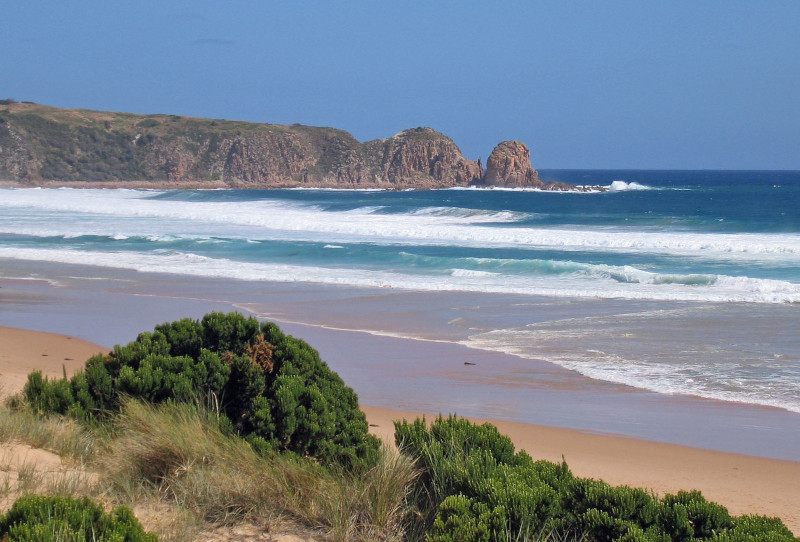
Phillip Island Facts
- This magnificent creation of geological forces most frequently goes by the deceptively simple name of Phillip Island. The amazing site previously held several other titles, though. These earlier monikers included the epithets Snapper Island and Grant Island.
- The local Indigenous People long knew of its existence, of course. Archaeological evidence indicates that members of the Bunurong people found it first. Exactly how long they knew of, and made use of the stunning location remains unknown, however.
- But, the first known European sighting of the formation occurred in the year 1798. At that time, the British explorers Matthew Flinders and George Bass explored parts of the island. Following that, sealers frequently made use of the beautiful site.
- Today, the visually appealing Phillip Island serves as a locally important tourist destination. That’s true since an average of 3.5 million people visit it yearly. It’s best known for its an annual event known as the penguin parade, when many come ashore.
- Its extreme popularity understandably complicates efforts to maintain its pristine conditions, though. Nevertheless, the local authorities make efforts to this end. These include such actions as setting part of the island aside as the Phillip Island Nature Park.
Related Articles
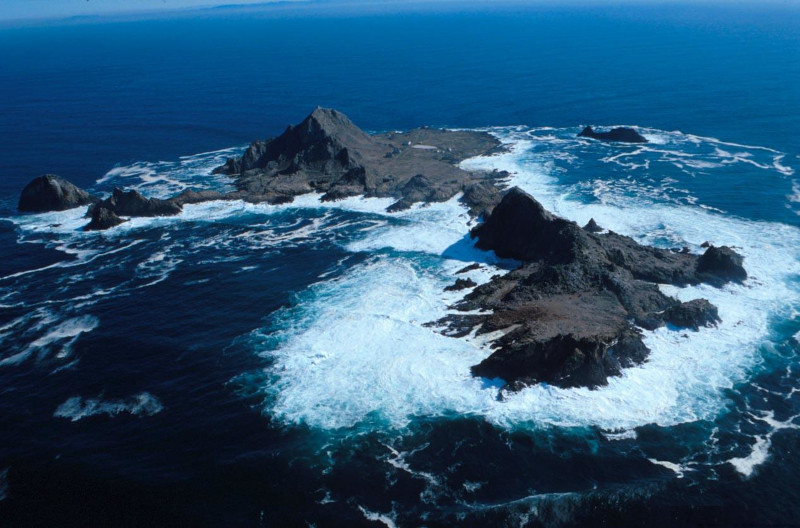
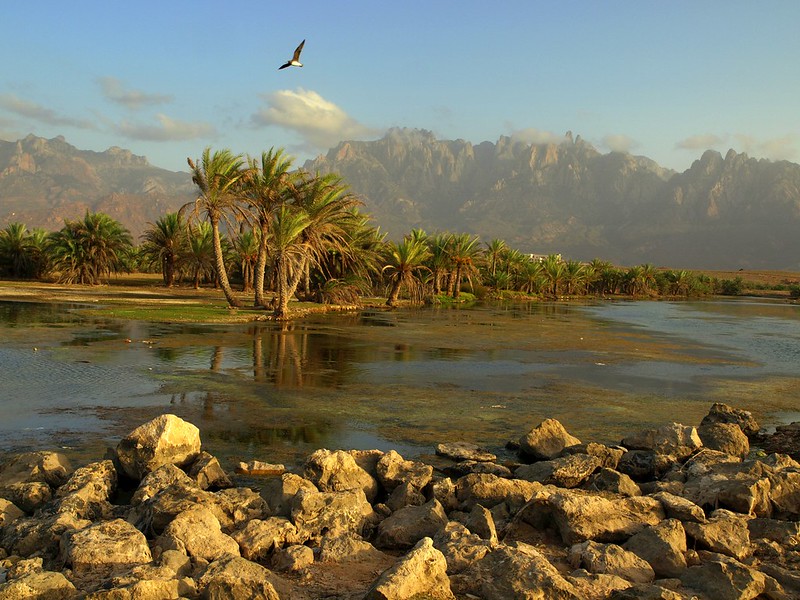
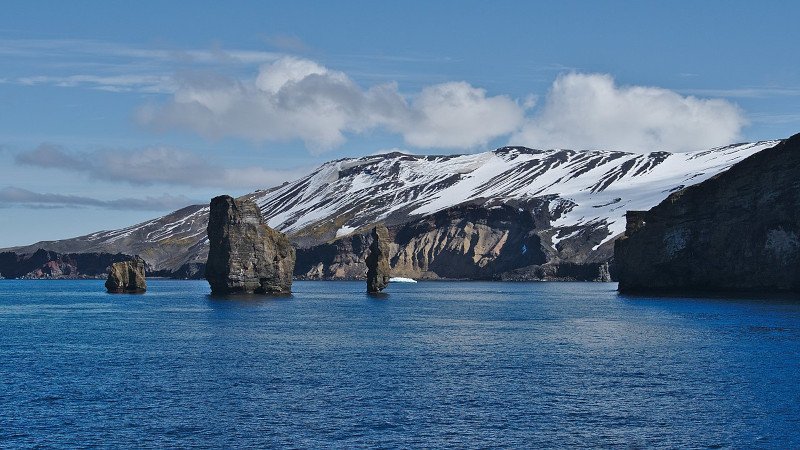
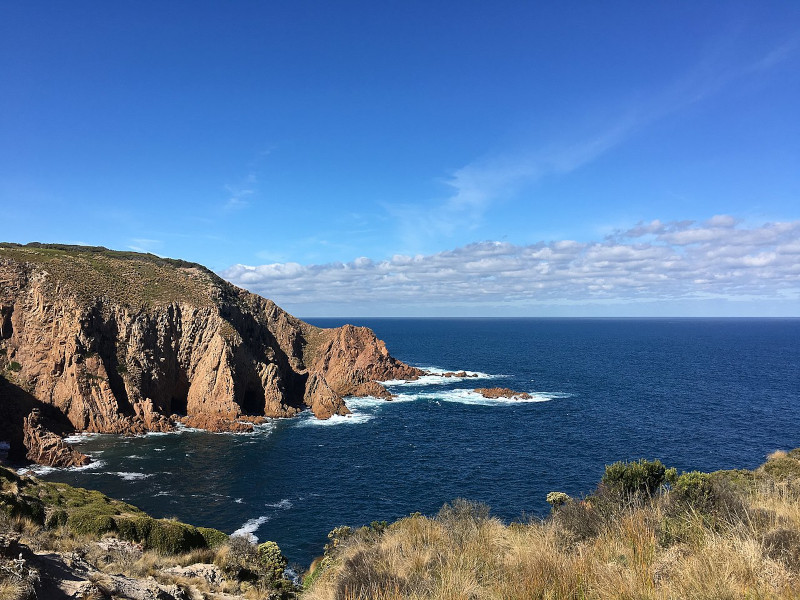
Phillip Island Physical Description
The truly breathtaking Phillip Island almost immediately captivates those numerous visitors flocking to the site. The product of natural forces does not do so due to sheer size, however. That’s because, in this respect, it’s actually a moderately small formation of its type.
Yet Nature repeatedly proves that it cares nothing for such qualifications. Just as some of the most beautiful forms of life on the planet are small in size, the same holds ture for its geological marvels. This location itself serves to reinforce that fact in the minds of many.
Though highly irregular in shape, its overall structure very roughly forms a rectangular pattern. The island measures approximately 16 mi (25.7 km) in length, but only 5.6 mi (9 km) in general length. It does have several highly protruding, leg-shaped sections, though.
Its extremely irregular outlines also provide Phillip Island with yet another surprising dimension. That’s true since, given its winding structure, the coastline totals a relatively impressive 60 mi (96.6 km). It further boasts a total area of roughly 39 sq mi (101 sq km).
Despite its other aspects, though, one other surprises people. That’s due to the fact that the site’s also relatively quite flat. In fact, the highest point on the entire island only reaches 360 ft (110 m) above sea level. The landscape mainly consists of small hills and flat areas.
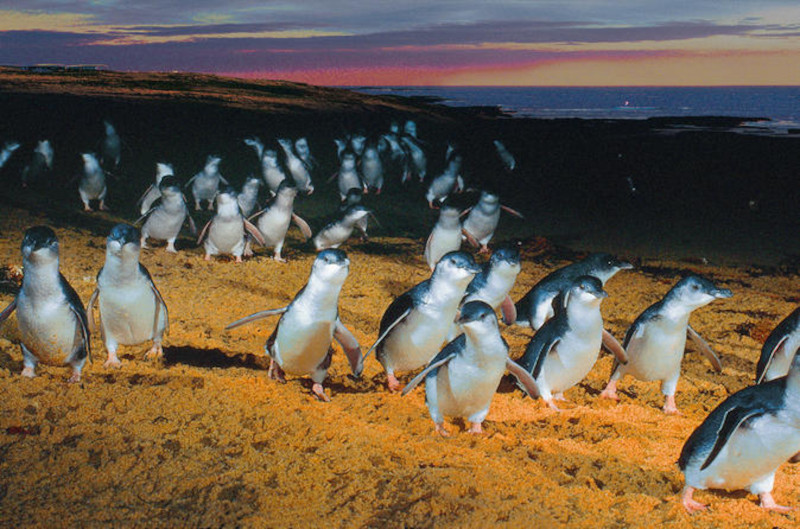
Phillip Island Location, Formation, and Ecology
The gorgeous Phillip Island formed in a region of the world already well known for teeming with both biological and geological wonders. Given that statement, the precise area of the globe in which this structure exists lies likely won’t surprise many people.
That’s due to the fact that it formed in the zone of the world that lies quite close to the continent of Australia. More precisely, however, it lies roughly 78 mi (125.6 mi) south-southeast of the city of Melbourne. It thus forms a natural breakwater in the area.
This mesmerizing structure originally formed due to volcanic activity in the immediate region. The earliest origins of the site, in fact, reach back as far as 500 million years! At that time, though, the site still remained beneath the sea. But then volcanic activity began.
This repeated countless times through the ages, until comparatively recently. Research indicates that its present formation occurred during a period that extended from roughly 3.2 – 2.3 million years ago. The extended actions deposited multiple layers of basalt.
Today, Phillip Island hosts an abundant variety of life, within differing ecosystems. That’s partly due to the moderate climate present throughout much of the year. This primarily consists of relatively cool summers combined with mild winters for its zone of the earth.
A total of 80 species of flora exist on the island, with different types of grasses and shrubs predominating. Mammals, such as kangaroos and wallabies also appear in numbers. Numerous avian species also reside here, including, amazingly, a small variety of penguin!
Features Sharing Its Region
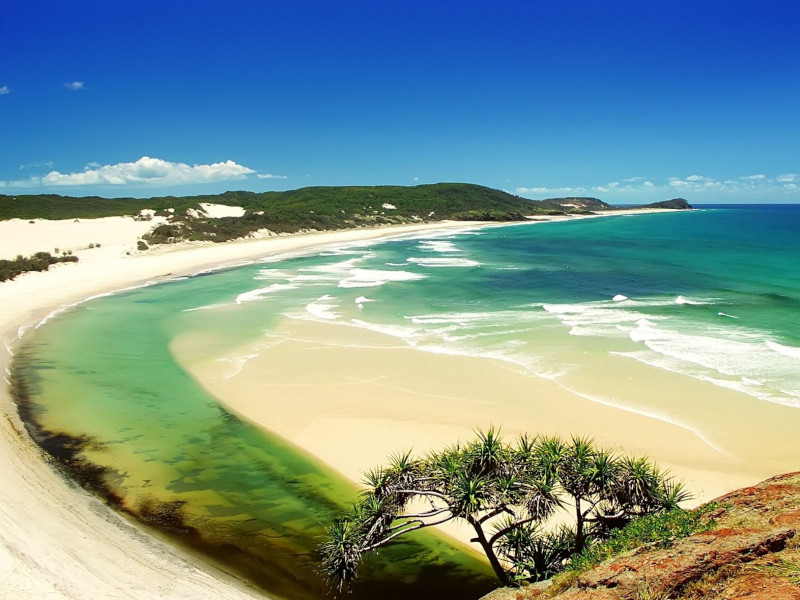
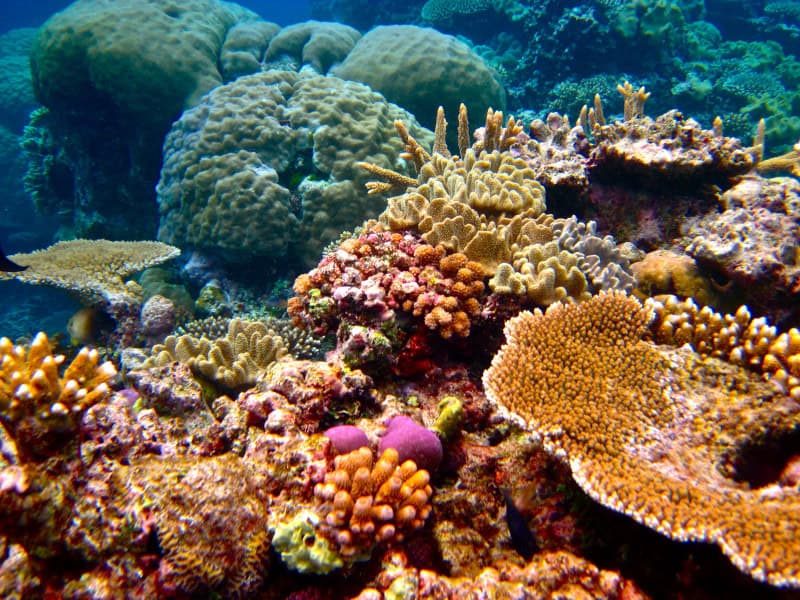
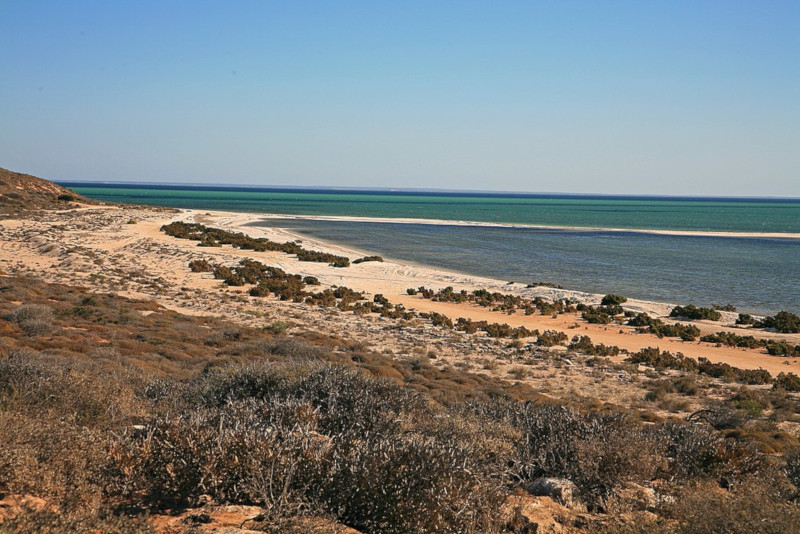
Check out our other articles on 4 Magical European Moths, Amazonian Manatee, Mount Kinabalu, Orange Jewelweed, West Indian Ocean Coelacanth, Australian Painted Lady, Hermann’s Tortoise









Leave a Reply